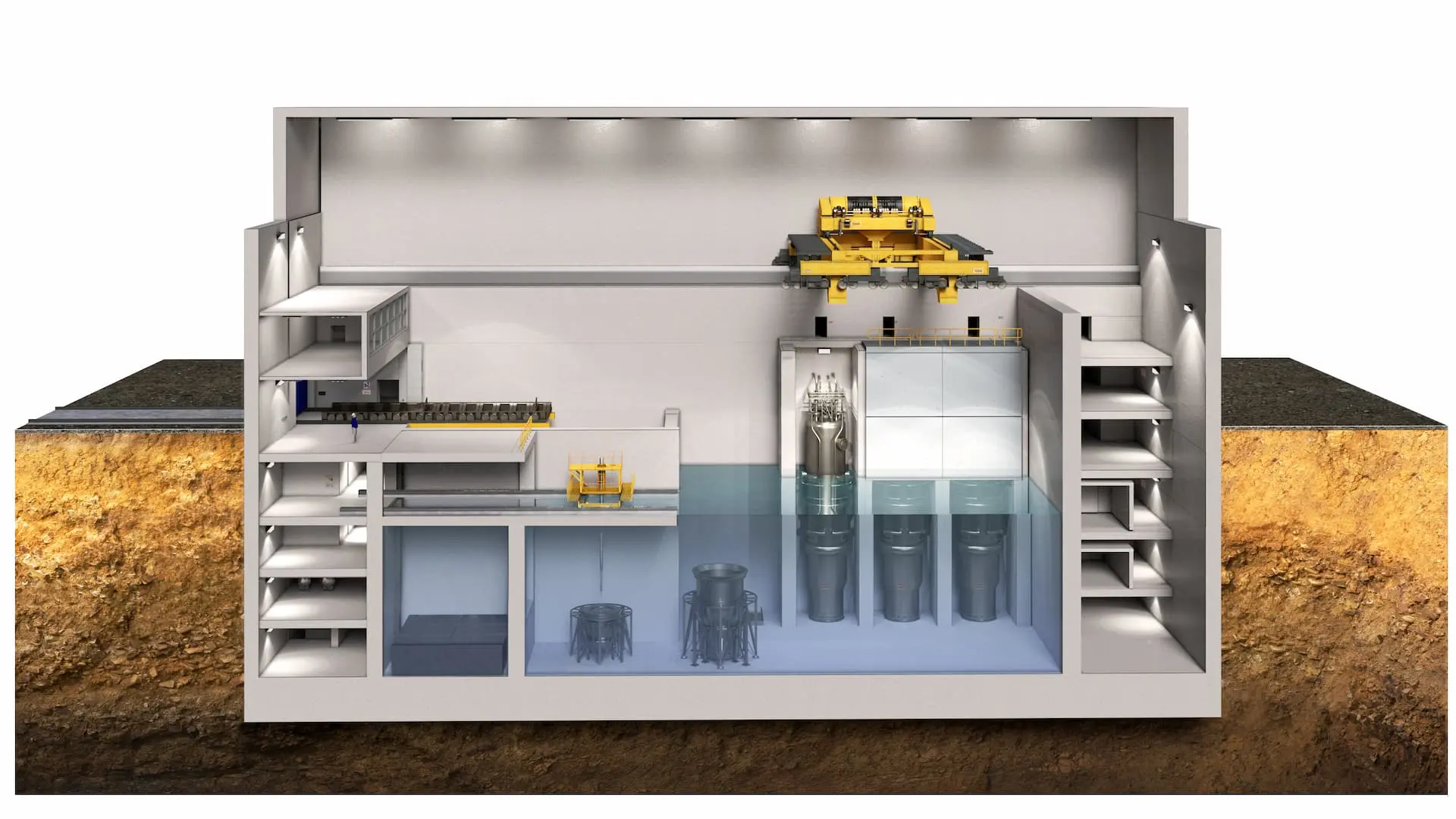With a few SMR projects built and operational at this point, and more plants under development, the Institute for Energy Economics and Financial Analysis (IEEFA) concludes in a report that SMRs are “still too expensive, too slow to build, and too risky to play a significant role in transitioning away from fossil fuels.”


When you look at a large grid such as the EUs, you will find that wind + solar has no days without any electricity production and that worse case is at more then half of average electricity production of these sources.
https://www.energy-charts.info/charts/energy/chart.htm?l=en&c=EU&interval=day&legendItems=jw3w1&year=2023
As soon as you go weekly it becomes even more stable:
https://www.energy-charts.info/charts/energy/chart.htm?l=en&c=EU&interval=week&legendItems=jw3w1&year=2023&week=-1
We also already have a lot of hydro storage in form of reservoirs. Those are built already and can vary their output. It is more of a matter of changing how we use those.
Are we looking at the same graphs? Even going by the weekly one you are vairing by 2x between weeks, that is not stable generation by any serious measure. The grid needs have supply following demand with a tolerance of a percent or two not 50% difference, half a week of EU total energy demand is an insane amount of storage needed that would cost trillions of euros.
E: and if you look at 2022 its worse with a two week period in nov/dec getting down to just over 1/3rd of peak, you would need to have enough storage to cover this eventuality.
That is why you overbuilt solar and wind and also add storage. Wind and solar can easily be shut down, so that is an option or the electiricty can be used for making heat and storing that, charge up EVs or something similar. So doubling the average needed solar + wind and having enough storage to balance out a day is enough. Also things like biomass and even more importantly conventional hydro storage are good options. Norway for example has 86TWh of hydro storage alone today.